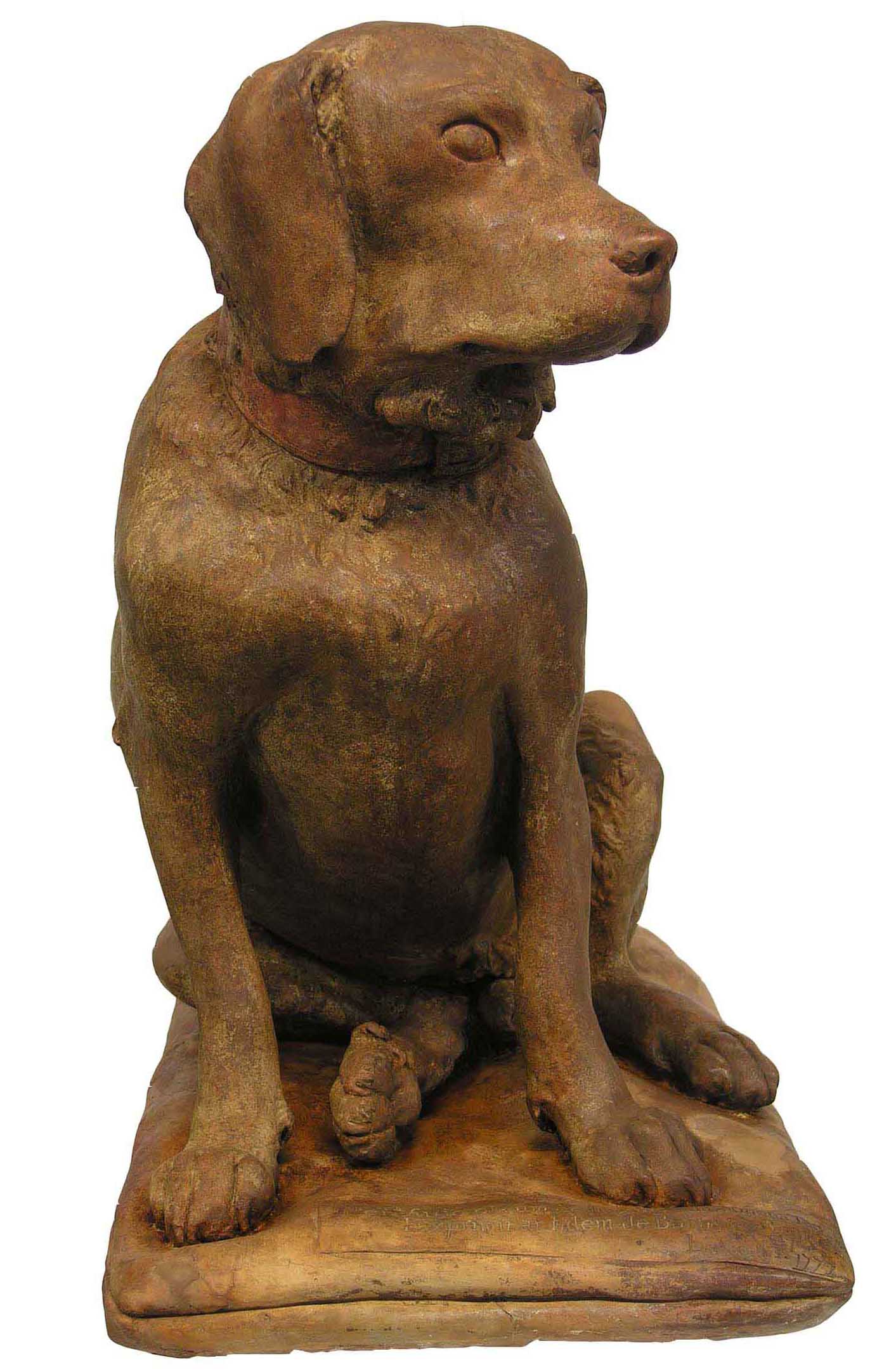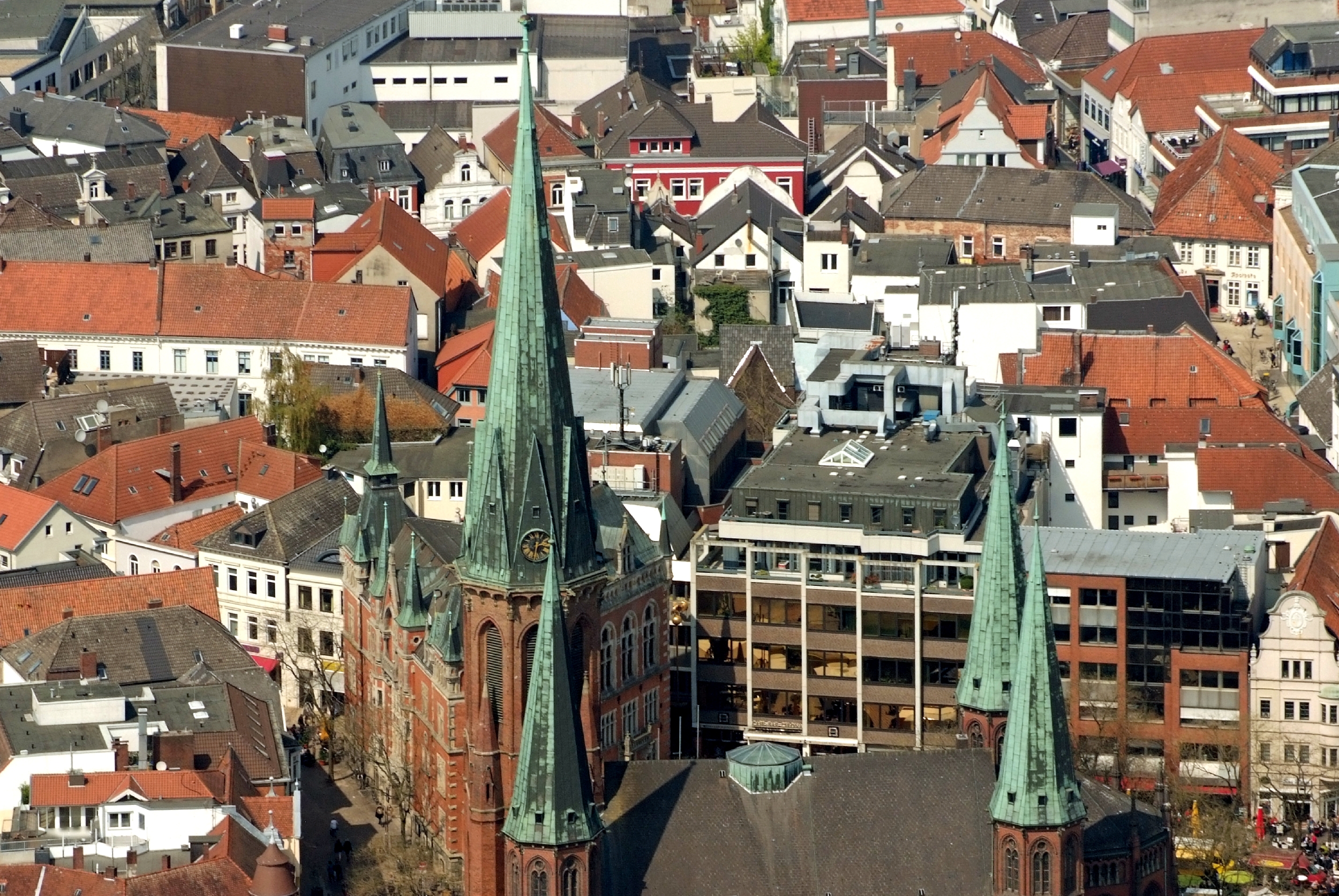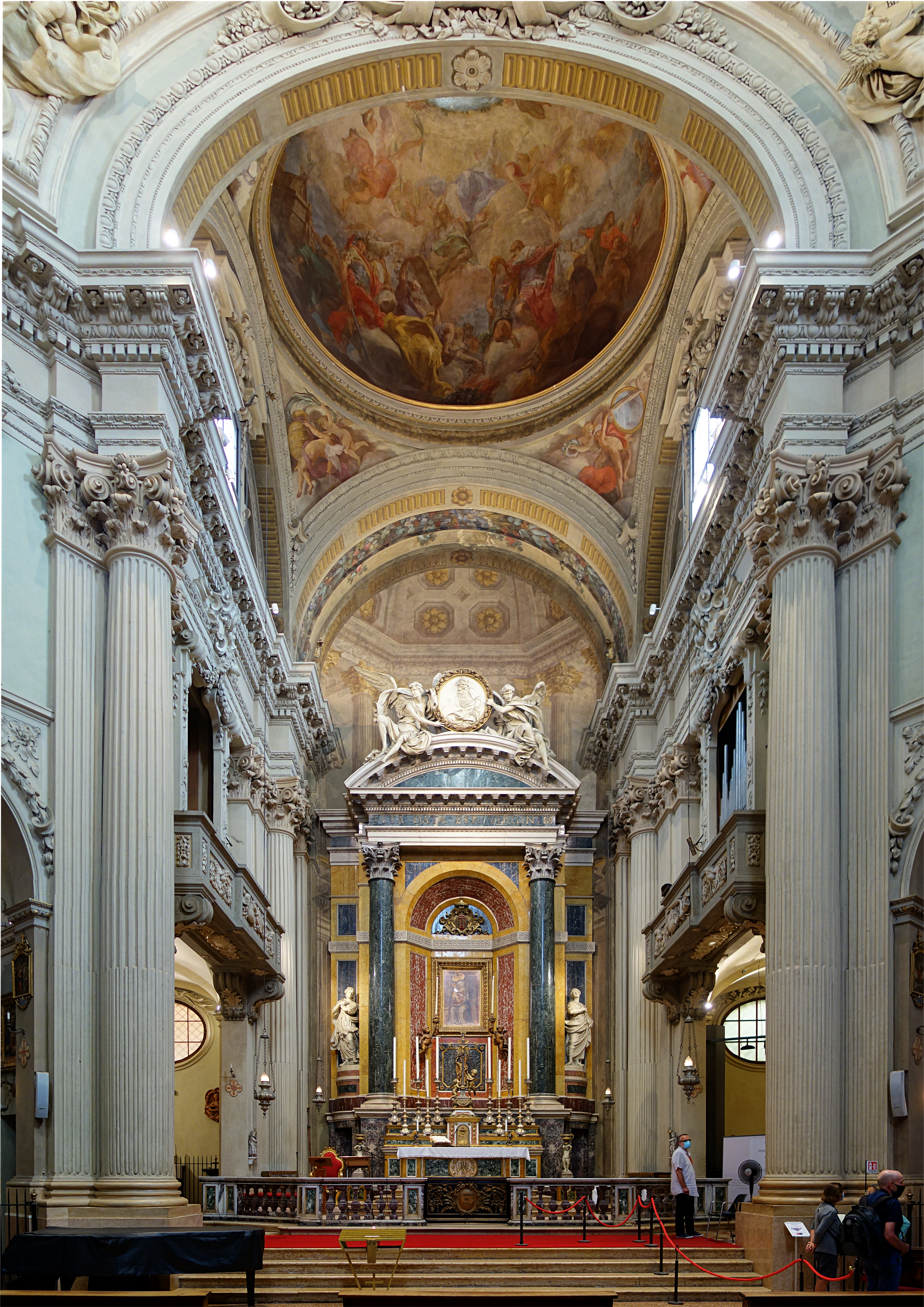|
Luigi Acquisti
Luigi Acquisti (1745–1823) was an Italian sculptor mainly known for his works in the neoclassical style. He was born in Forlì the 29 March 1747 and died in Bologna in 1823. His works are distributed throughout Italy. Among them are reliefs of '' Arco della Pace'' in Milan; the statue of the ''Vecchia Legge'' for the facade of Milan Cathedral; ''Mars and Venus'' for the Villa Carlotta in Tremezzo on Lake Como; statues in Palazzo Braschi in Rome; and an ''Atlanta'' (c. 1806) for the Villa Belgiojoso Bonaparte in Milan. Biography Acquisti was still young when he moved to Bologna in order to study at the Accademia Clementina as a student of Filippo Balugani and Carlo Bianconi. He consecutively won the prestigious 1st class Marsili-Aldrovandi prize with his works ''Enea condotto dalla Sibilla ai Campi Elisi'' (1774) and ''Un Romano che rapisce una Sabina'' (1775). In 1785 he was nominated ''Academico del Numero'' in the figurative sculpture class, and in 1780 he became the ''D ... [...More Info...] [...Related Items...] OR: [Wikipedia] [Google] [Baidu] |
Forlì
Forlì ( , ; rgn, Furlè ; la, Forum Livii) is a ''comune'' (municipality) and city in Emilia-Romagna, Northern Italy, and is the capital of the province of Forlì-Cesena. It is the central city of Romagna. The city is situated along the Via Emilia, to the east of the Montone river, and is an important agricultural centre. The city hosts some of Italy's culturally and artistically significant landmarks; it is also notable as the birthplace of painters Melozzo da Forlì and Marco Palmezzano, humanist historian Flavio Biondo, physicians Geronimo Mercuriali and Giovanni Battista Morgagni. The University Campus of Forlì (part of the University of Bologna) is specialized in Economics, Engineering, Political Sciences as well as the Advanced school of Modern Languages for Interpreters and Translators (SSLMIT). Climate The climate of the area is humid subtropical (''Cfa'' in the Köppen climate classification) with Mediterranean features, fairly mitigated by the relative closeness ... [...More Info...] [...Related Items...] OR: [Wikipedia] [Google] [Baidu] |
Arco Della Pace
Porta Sempione ("Simplon Gate") is a city gate of Milan, Italy. The name is used both to refer to the gate proper and to the surrounding district (''quartiere''), a part of the Zone 1 of Milan, Zone 1 division (the historic city centre), including the major avenue of Corso Sempione. The gate is marked by a landmark triumphal arch called Arco della Pace ("Arch of Peace"), dating back to the 19th century, although its origins can be traced back to a gate of the Walls of Milan#Roman walls, Roman walls of Milan. The gate History A gate that roughly corresponds to modern Porta Sempione was already part of Walls of Milan, Roman walls of Milan. It was called ''Porta Giovia'' ("Jupiter's Gate") and was located at the end of modern Via San Giovanni sul Muro. At the time, the gate was meant to control an important road leading to what is now Castelseprio (archaeological park), Castelseprio. Very little remains of the original Ancient Rome, Roman structure; some Roman tombstones that used ... [...More Info...] [...Related Items...] OR: [Wikipedia] [Google] [Baidu] |
St Lamberti Church
St. Lambert's Church (in German language, German: ''St Lamberti-Kirche'') is the main Evangelical Lutheran church (building), church in the centre of the city of Oldenburg (city), Oldenburg, Lower Saxony, Germany. Overview The church is named after Lambert of Maastricht. The church is the preaching venue of the bishop of the Evangelical Lutheran Church in Oldenburg. The church dates from the 13th century and was renovated in the 19th century. It was originally built as a Romanesque architecture, Romanesque hall between 1155 ad 1234. Subsequently, it was altered several times. The outside hides a Rotunda (architecture), rotunda-style basilica, based on the Pantheon, Rome, Pantheon in Rome. To the north is the old Rathaus (Oldenburg), Rathaus (city hall). To the southeast is Schloss Oldenburg. Gallery File:Oldenburg Lamberti Towers.jpg, Towers and spires of the church. File:Lambertikirche innen-LF.jpg, Internal view within the church. File:Oldenburg Lambertus-Saal.JPG, Internal ... [...More Info...] [...Related Items...] OR: [Wikipedia] [Google] [Baidu] |
San Pantaleo
Saint Pantaleon ( el, Παντελεήμων, russian: Пантелеи́мон, translit=Panteleímon; "all-compassionate"), counted in the West among the late-medieval Fourteen Holy Helpers and in the East as one of the Holy Unmercenary Healers, was a martyr of Nicomedia in Bithynia during the Diocletianic Persecution of 305 AD. Though there is evidence to suggest that a martyr named Pantaleon existed, some consider the stories of his life and death to be purely legendary. Life of Pantaleon According to the martyrologies, Pantaleon was the son of a rich pagan, Eustorgius of Nicomedia, and had been instructed in Christianity by his Christian mother, Saint Eubula; however, after her death he fell away from the Christian church, while he studied medicine with a renowned physician Euphrosinos; under the patronage of Euphrosinos he became physician to the emperor, Galerius. He was won back to Christianity by Saint Hermolaus (characterized as a bishop of the church at Nicomedi ... [...More Info...] [...Related Items...] OR: [Wikipedia] [Google] [Baidu] |
Piazza Navona
Piazza Navona () is a public open space in Rome, Italy. It is built on the site of the Stadium of Domitian, built in the 1st century AD, and follows the form of the open space of the stadium. The ancient Romans went there to watch the '' agones'' ("games"), and hence it was known as "''Circus Agonalis''" ("competition arena"). It is believed that over time the name changed to ''in avone'' to ''navone'' and eventually to ''navona''. History The space currently occupied by the Piazza Navona was originally the Stadium of Domitian, built by Emperor Titus Flavius Domitianus in 80 AD. Following the Fall of the Western Roman Empire, the stadium fell into ruin, being quarried for building materials. Very little of it remains today. Defined as a public space in the last years of 15th century, when the city market was transferred there from the Campidoglio, Piazza Navona was transformed into a highly significant example of Baroque Roman architecture and art during the pontificate of ... [...More Info...] [...Related Items...] OR: [Wikipedia] [Google] [Baidu] |
Giuseppe Valadier
Giuseppe Valadier (April 14, 1762 – February 1, 1839) was an Italian architect and designer, urban planner and archaeologist and a chief exponent of Neoclassicism in Italy. Biography The son of a goldsmith, Luigi (1726–1785), Valadier was born in Rome in 1762. He also occasionally provided designs for silver, such as the "York Chalice" for Henry Cardinal York (1800–01), the grand silver table service for Monsignor Antonio Odescalchi (1795–97) and the similar Rospigliosi-Pallavicini service, begun in 180which he partly produced in the silver workshop he directly oversaw and partly sub-contracted to other Roman silversmiths. Valadier also designed some furniture and other decorative arts, such as the rock crystal and silver reliquary for relics of the Holy Crib in Santa Maria Maggiore, for Pope Pius IX. Valadier worked in Rome and elsewhere in the Papal States, but many of his projects remained on paper. He was named official ''architetto camerale'' of the Papal States by Po ... [...More Info...] [...Related Items...] OR: [Wikipedia] [Google] [Baidu] |
Giacomo De Maria
Giacomo De Maria (1762–1838) was an Italian sculptor, active in Bologna. Biography He was a pupil of Domenico Piò. Among his works are: by A.C. Romagnoli, D. Giannitrapani, published by Tipografia Gamberini e Parmeggiani, 1888, page 191. *Putti of the chapel after the crossing of *Statues in the atrium of the Palazzo Hercolani, Bologna *Bust of |
Relief
Relief is a sculptural method in which the sculpted pieces are bonded to a solid background of the same material. The term ''relief'' is from the Latin verb ''relevo'', to raise. To create a sculpture in relief is to give the impression that the sculpted material has been raised above the background plane. When a relief is carved into a flat surface of stone (relief sculpture) or wood (relief carving), the field is actually lowered, leaving the unsculpted areas seeming higher. The approach requires a lot of chiselling away of the background, which takes a long time. On the other hand, a relief saves forming the rear of a subject, and is less fragile and more securely fixed than a sculpture in the round, especially one of a standing figure where the ankles are a potential weak point, particularly in stone. In other materials such as metal, clay, plaster stucco, ceramics or papier-mâché the form can be simply added to or raised up from the background. Monumental bronze reliefs a ... [...More Info...] [...Related Items...] OR: [Wikipedia] [Google] [Baidu] |
Antonio Canova
Antonio Canova (; 1 November 1757 – 13 October 1822) was an Italian Neoclassical sculptor, famous for his marble sculptures. Often regarded as the greatest of the Neoclassical artists,. his sculpture was inspired by the Baroque and the classical revival, and has been characterised as having avoided the melodramatics of the former, and the cold artificiality of the latter.Jean Martineau & Andrew Robinson, ''The Glory of Venice: Art in the Eighteenth Century.'' Yale University Press, 1994. Print. Life Possagno In 1757, Antonio Canova was born in the Venetian Republic city of Possagno to Pietro Canova, a stonecutter, and Maria Angela Zardo Fantolini.. In 1761, his father died. A year later, his mother remarried. As such, in 1762, he was put into the care of his paternal grandfather Pasino Canova, who was a stonemason, owner of a quarry, and was a "sculptor who specialized in altars with statues and low reliefs in late Baroque style". He led Antonio into the art of sculpt ... [...More Info...] [...Related Items...] OR: [Wikipedia] [Google] [Baidu] |
Neoclassicism
Neoclassicism (also spelled Neo-classicism) was a Western cultural movement in the decorative and visual arts, literature, theatre, music, and architecture that drew inspiration from the art and culture of classical antiquity. Neoclassicism was born in Rome largely thanks to the writings of Johann Joachim Winckelmann, at the time of the rediscovery of Pompeii and Herculaneum, but its popularity spread all over Europe as a generation of European art students finished their Grand Tour and returned from Italy to their home countries with newly rediscovered Greco-Roman ideals. The main Neoclassical movement coincided with the 18th-century Age of Enlightenment, and continued into the early 19th century, laterally competing with Romanticism. In architecture, the style continued throughout the 19th, 20th and up to the 21st century. European Neoclassicism in the visual arts began c. 1760 in opposition to the then-dominant Rococo style. Rococo architecture emphasizes grace, ornamentati ... [...More Info...] [...Related Items...] OR: [Wikipedia] [Google] [Baidu] |
Santuario Santa Maria Della Vita
The Sanctuary of Santa Maria della Vita is a late-Baroque-style, Roman Catholic church in central Bologna, near the Piazza Maggiore. History The construction of the present Baroque church began in 1687-1690 under the designs of Giovanni Battista Bergonzoni, who built the elliptical plan with a dome designed by Giuseppe Tubertini, completed in 1787. The facade was not added till 1905. The sanctuary houses the sculptural group of ''Sorrow over Dead Christ'' (1463) by Niccolò dell'Arca. Oratorio dei Battuti In the adjacent oratory, built between 1604 and 1617 to designs by Floriano Ambrosini, is a ''Madonna with child and Saints'' (1550) by Nosadella and a ''Transit of the Madonna'' (bodily assumption), a group of 14 statues in terracotta (1522) by Alfonso Lombardi. On the niches of the walls are statues of ''St Proculus'' and ''St Petronius'' by the famed sculptor Alessandro Algardi, as well as by Giulio Cesare Conventi (''St Francis'' and ''St Domenic''). In 1275, the local Con ... [...More Info...] [...Related Items...] OR: [Wikipedia] [Google] [Baidu] |



_by_shakko.jpg)




